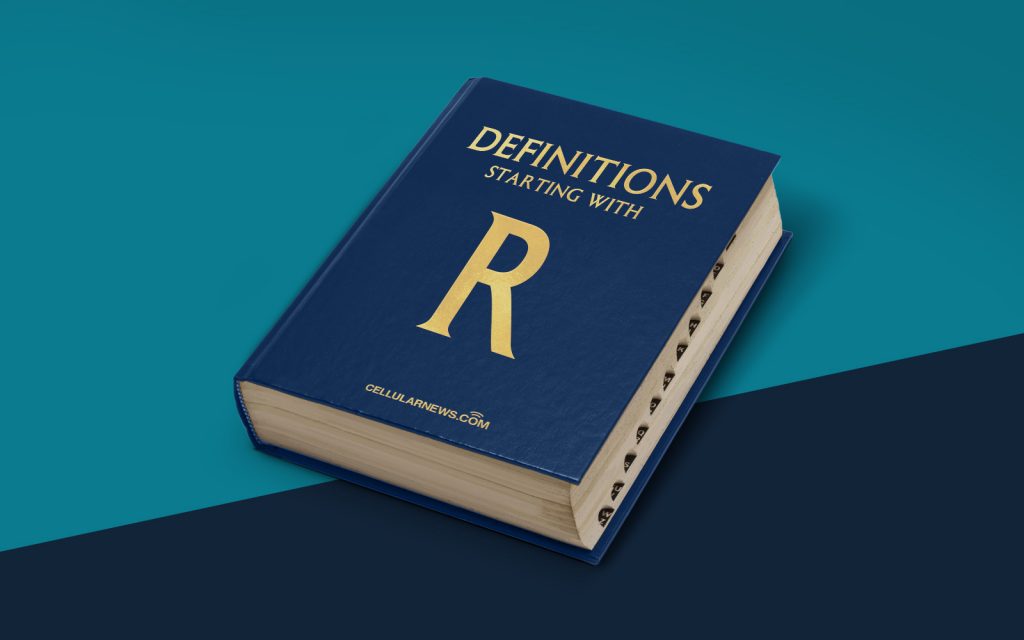
What is Rich Text Format (RTF)?
Welcome to our blog post series on “DEFINITIONS”! In this post, we’re going to dive into the world of Rich Text Format (RTF) and explore what it is, its purpose, and how it is used in the digital world. So, whether you are new to web design or an experienced developer looking to expand your knowledge, this article will provide you with a comprehensive understanding of RTF. Let’s get started!
Key Takeaways:
- Rich Text Format (RTF) is a file format used for exchanging text documents with formatting information.
- It supports various font styles, colors, tables, images, and more, making it an ideal choice for documents that require specific formatting.
Understanding Rich Text Format (RTF)
When working with documents, you might often encounter the need to maintain specific formatting, such as font style, size, or color. This is where Rich Text Format (RTF) comes into play. RTF is a file format that allows you to exchange text documents with formatting information across different operating systems and software applications.
RTF was developed by Microsoft in the 1980s as a proprietary format but was later released as an open standard. It has since become widely adopted due to its versatility and compatibility. RTF documents can be easily created and edited using various word processing applications, such as Microsoft Word, Google Docs, and LibreOffice Writer. They can also be opened in multiple software programs, ensuring seamless collaboration and sharing.
So, what sets RTF apart from other file formats? RTF is known for its ability to preserve complex formatting, providing a consistent visual appearance across different systems. Whether you want to include font styles, colors, tables, images, or headers and footers, RTF can handle it all. This makes it an excellent choice for creating documents that require specific formatting, such as formal reports, academic papers, or resumes.
How is Rich Text Format (RTF) Used?
RTF is commonly used in various scenarios where formatting preservation is necessary:
- Collaborative Writing: When working on a document with multiple authors, RTF ensures that formatting remains intact regardless of the software or operating system each contributor is using. This simplifies the collaboration process and minimizes inconsistencies.
- Online Publishing: With the rise of blogs and online publications, RTF provides a reliable way to publish documents with specific formatting requirements. It allows writers to maintain the visual appearance of their content, ensuring a consistent reading experience for their audience.
- Legal Documents: Lawyers and legal professionals often use RTF for drafting legal documents that require complex formatting, such as contracts and agreements. RTF ensures that details like indentation, line spacing, and font styles are preserved as intended.
As the digital landscape continues to evolve, rich text format remains an essential tool for maintaining consistent and visually appealing documents. Its versatility and wide adoption make it a valuable asset for anyone working with text-based content.
In conclusion, Rich Text Format (RTF) is a file format designed to preserve complex formatting in text documents. It supports various font styles, colors, tables, images, and more, making it ideal for documents that require specific formatting. Whether you are collaborating on a project, publishing online, or drafting legal documents, RTF ensures that your content looks consistent and professional across different platforms and applications. So, the next time you need to preserve formatting in your text documents, remember the power of RTF!
